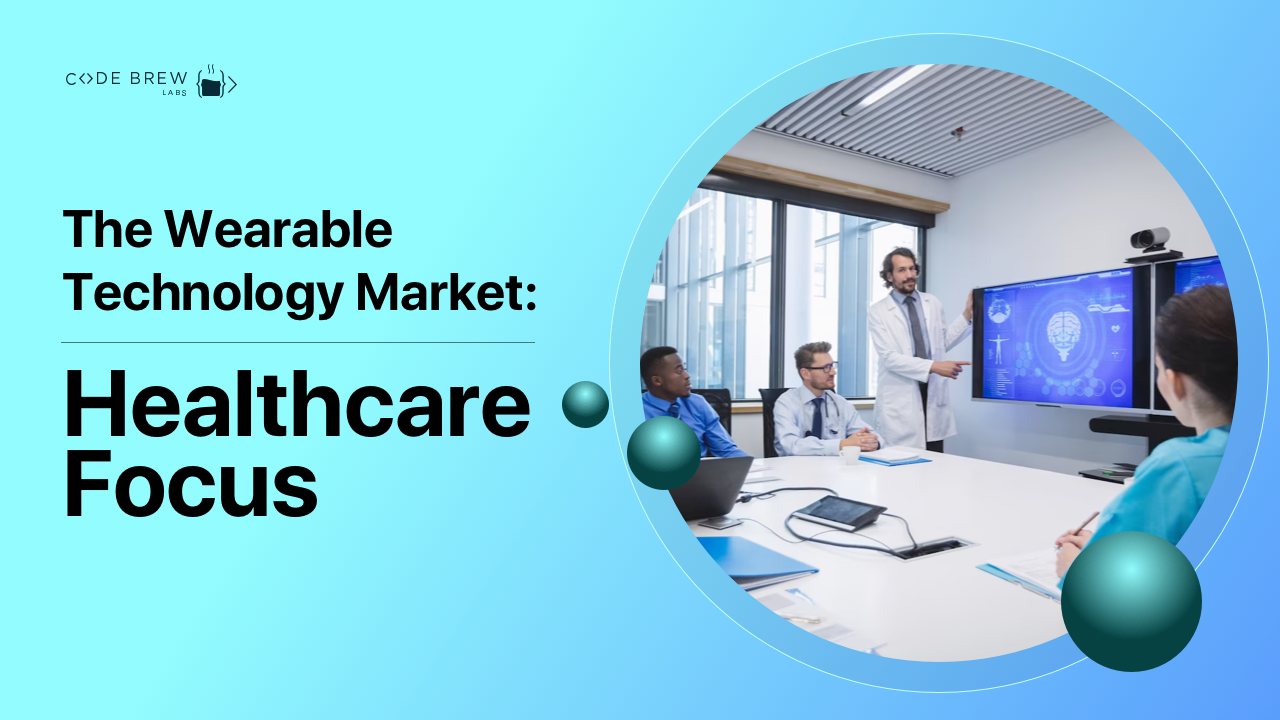
Table of Contents
Table of Content
Wearable technology in healthcare refers to devices worn on the body to collect the wearer’s health data and monitor their well-being. Typically, these devices use biosensors to collect various data from the patient like heart rate, blood pressure, sleep patterns, activity, etc.
The wide repute of wearable healthcare technology is due to the fact that it can accurately monitor fitness, heart rate, general wellness, and is a great tool for disease management. Besides, these devices also have the features of providing medication reminders and storing patient health information.
Considering their multiple use cases, these devices have brought about quite a wave in the health and fitness industry. No wonder as many as 92% of smartwatch users use them for health and fitness reasons.
When healthcare wearables were newly introduced in the market, their functions were mostly confined to only measuring heart rate. But today, wearable technology is influencing healthcare like never before!
The reason is that today, users demand an engaging and user-friendly interface along with the convenience of health tracking.
Digital health technology has bridged the gap between doctors and patients by allowing the latter to connect with physicians through telehealth solutions.
The best part? Doctors can monitor their patients without being physically present: wearable technology provides doctors with real-time updates on the patient’s blood sugar levels, blood pressure, oxygen levels, and heart rate.
So, they can analyze the patient’s condition and come up with an accurate treatment plan as and when required by the patient.
Wearable technology for healthcare significantly helps doctors detect major health events and diseases as and when they start occurring. Thus, they make timely treatment possible for better patient outcomes.
This, eventually, could increase the patient lifespan and even save their lives in critical situations.
You May Like: Three Forms Of Wearable Technology
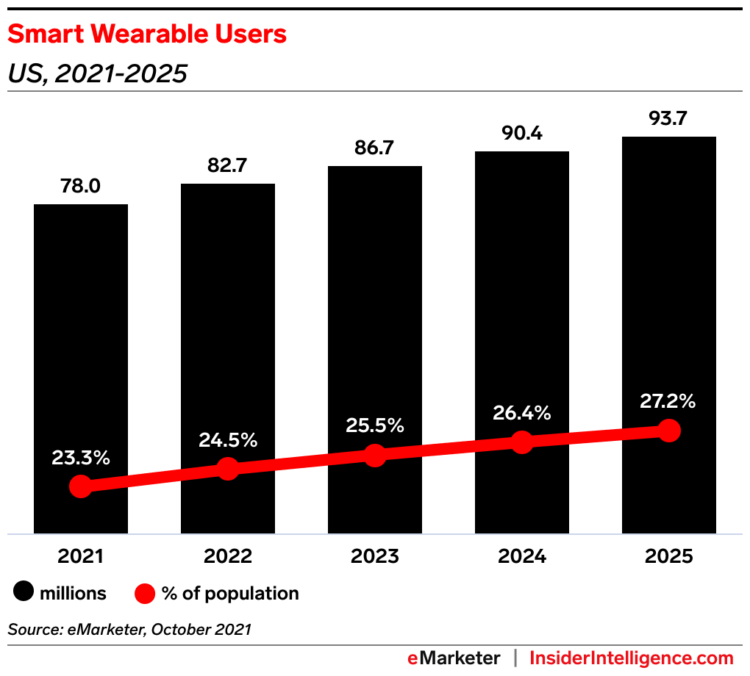
There are many health aspects, most of which go unnoticed by us in the hustle and bustle of daily life. It would help you, as a health-conscious individual, to take note of these wearable devices that will help you take care of your health at all times:
Simply put, these are sensors-enabled wristbands that keep track of the wearer’s physical activity and heart rate. They are some of the simplest and most original forms of wearable technology and have hardcore staying power.
These devices conveniently sync with smartphone apps to suggest users relevant health and fitness recommendations.
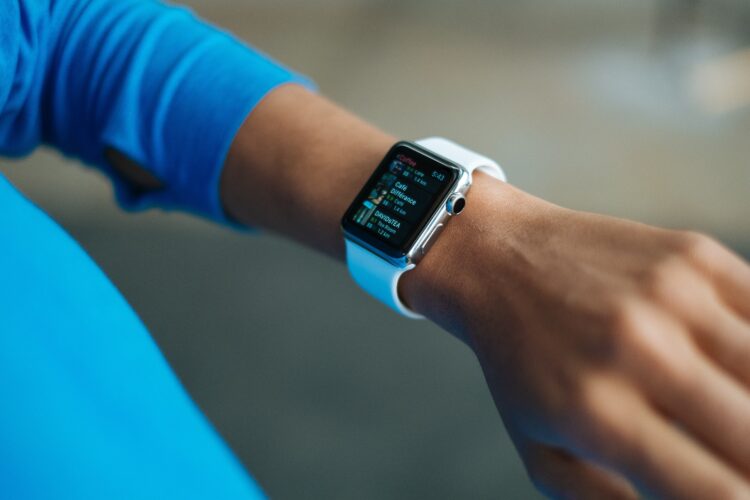
These are placed on the arm to accurately provide the users with a blood pressure reading sent right to their phones. These are one of the most accurate devices on the market that monitor blood pressure.
The cuff connects directly to a smartphone to store blood pressure and pulse data.
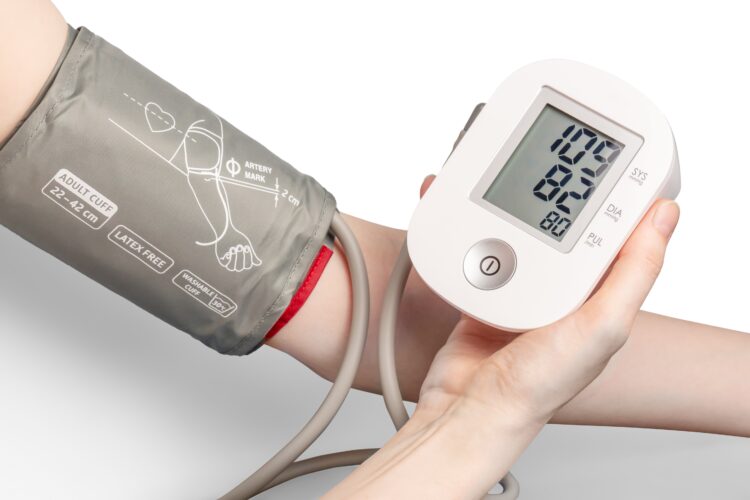
Radically different from smartwatches and wrist trackers, biosensors are today’s up-and-coming wearable health devices. Patients can move around as these collect data on their movement, heart rate, respiratory rate, and temperature.
Users can attach biosensors on their arms using a self-adhesive patch.
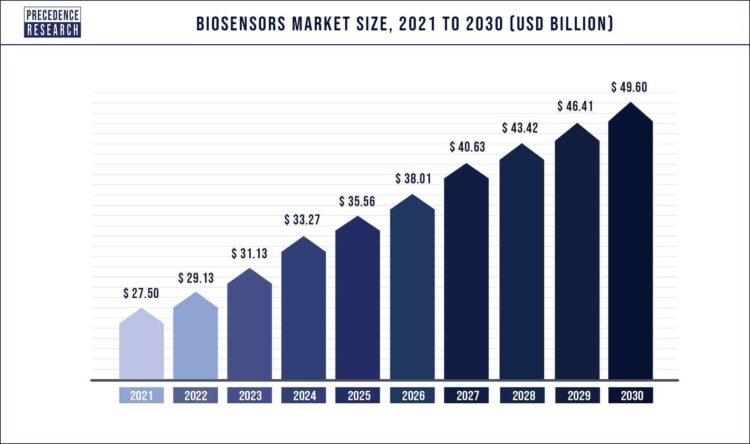
These are on the cutting edge of consumer electronics. Unlike smartwatches, these devices can even measure electrocardiograms or ECGs.
Further, these devices send the reading to the user’s doctor and detect atrial fibrillation. Last but not least, these track pace, distance, and elevation for walking, swimming, running, and biking.
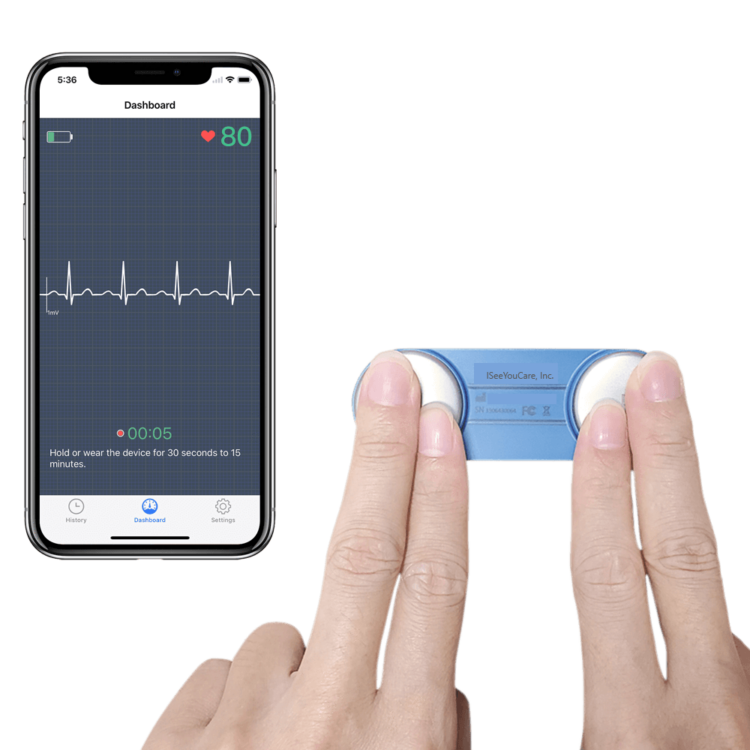
Smartwatches entered the electronic devices market a long time back. Besides having capabilities to manage calls and messages or send voice commands, today, smartwatches also equip users with insights into physical activity levels, stress, or even heart pattern anomalies.
This has been possible only due to new advances in optical sensors, semiconductors, and AI and data science technologies. These provided the ground for photoplethysmography or PPG, a measurement method that monitors volumetric variations of blood circulation. It can be used for remote patient monitoring to detect heart disease.
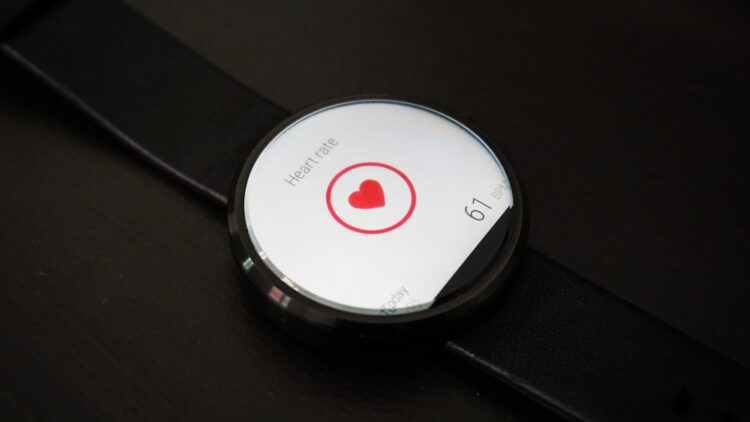
As per the Research and Markets report, Connected Wearable Devices in Healthcare, the primary drivers for the increased demand for digital wellness are:
In the context of wearable health devices, the Apple Watch is seen as the most advanced smartwatch on the market. But other brands are also pacing up.
Further, new and upcoming technology like NADI X is creating quite a buzz and allowing users to better their health practices while accurately monitoring their wellness.
Wearable healthcare technology is in the nascent stages of development. So, there’s still a lot to look forward to for new and existing brands alike.
This niche has great potential to disrupt many parallel markets while exponentially lowering healthcare costs. Better treatments and resource management will further drive these cost savings.
Further, wearables have the potential to drastically reduce the amount of time healthcare professionals need to spend with patients one-on-one as they provide high-quality care.
Also Read: Fitness Industry Analysis: A Macro View
Due to increased wellness digital usage, users will have a wealth of data on their own well-being at their fingertips. Experts say this empowerment will even enable them to self-diagnose to a large extent, which is a great progression in terms of dependency on healthcare professionals.
To further reduce the workload on health workers, awareness should be among the masses about ways in which patients can better leverage automation, technology, and wearables to optimize their health status.
And as a step towards making patients more self-reliant, they must be taught to share wellness data with medical practitioners. This will largely help achieve a better healthcare setup to eventually achieve better healthcare outcomes.
All in all, the wearable health tech market has a glorious future as one of the largest and fastest-growing markets of the next decade. And we at Code Brew Labs couldn’t be more psyched!
